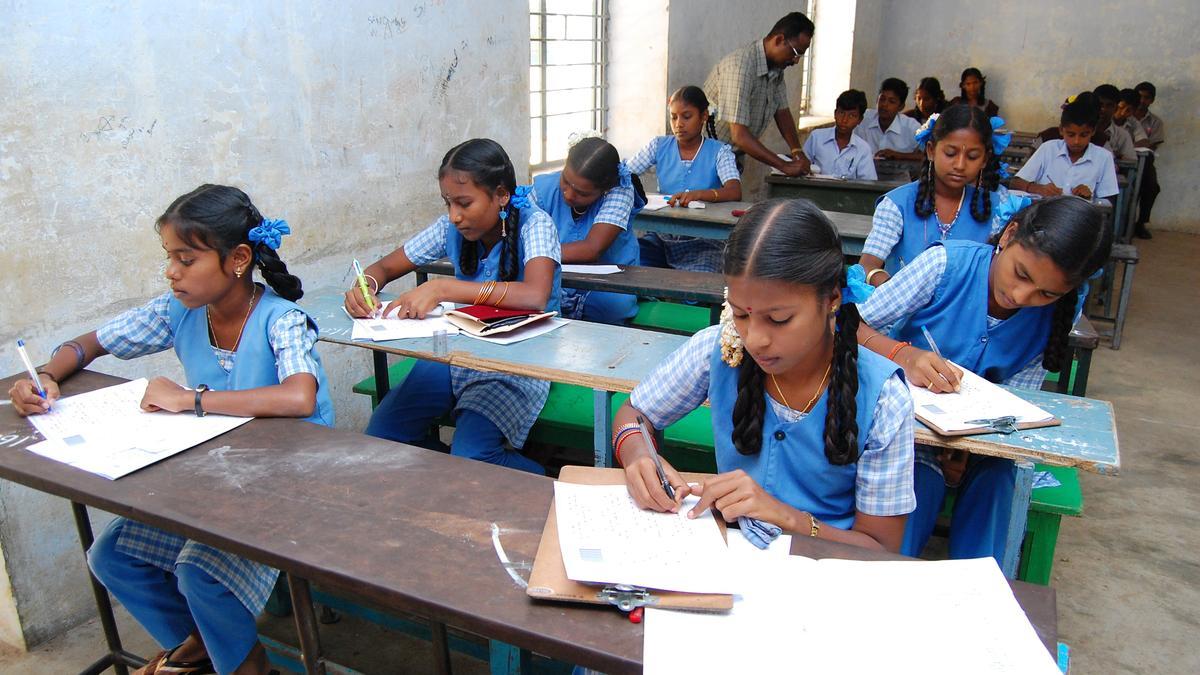30 October 2025 The Hindu Editorial
What to Read in The Hindu Editorial( Topic and Syllabus wise)
Editorial 1: Uneven growth
Context
Enhancing household incomes and expanding employment opportunities are essential to revitalise domestic demand.
Introduction
The latest industrial production data for September 2025 offers a crucial snapshot of India’s economic pulse. While the quarterly trend shows signs of recovery, the half-yearly performance remains the weakest in five years. The figures highlight both resilience in select manufacturing segments and continuing weaknesses in mining and consumer demand—underscoring the need for sustained, broad-based industrial revival.
Industrial Production: September 2025 Analysis
- September’s IIP (Index of Industrial Production) data offers valuable insights into quarterly and half-yearly trends.
- While the situation is not entirely bleak, there are several areas that need policy attention and corrective measures.
Overall Industrial Growth Trends
| Period | Growth Rate | Observations |
| April–September 2025 (H1 FY25) | 3% | Slowest half-yearly growth in at least five years; reflects structural weakness. |
| Q1 FY25 (Apr–Jun 2025) | 2% | Weak start to the year; sluggish recovery momentum. |
| Q2 FY25 (Jul–Sep 2025) | 4.1% | Noticeable improvement, signalling a short-term rebound in industrial activity. |
Key takeaway:
- The quarterly data shows mild recovery, but the half-yearly growth remains below desired levels.
Sectoral Performance
Manufacturing Sector
- September growth:8% — second highestthis fiscal year.
- Q2 FY25 growth:9% — fastest since Dec 2023 quarter.
- Half-yearly growth:1%, improving from 3.8% in the same period last year.
- However:Growth is not broad-based; concentrated in few sub-sectors.
| Manufacturing Sub-Sectors (23 total) | Trend (Q2 FY25) | Remarks |
| Over half of sub-sectors | Contracted | Indicates narrow base of growth. |
| Labour-intensive sectors (Apparel, Leather, Rubber, Plastics) | Contracted | Negative signal for employment generation. |
| Capital-intensive sectors (Wood, Mineral, Basic Metals, Fabricated Metals) | Expanded | Growth driven more by investment than job creation. |
Concern:
- If such concentration persists, employment generationand inclusive growth could suffer.
Mining Sector
- Contractedin September, Q2, and the entire H1 FY25.
- Monsoon-related disruptions explain part of it, but the overall performance is unusually poor.
- Strengthening this sector is vital for energy and strategic mineral security.
Consumer Non-Durables
- Contracted for six consecutive quarters.
- Includes essentials (salt, edible oils) and discretionary goods.
- Causes:Weak consumer demand and base effects.
- Implication:Reflects persistent demand slack; highlights need for income and job growth to revive consumption.
Policy Implications & Way Forward
- Revive demand:Focus on raising household incomes and employment.
- Diversify manufacturing growth:Encourage labour-intensive sectors through incentives and skill support.
- Revitalise mining:Reduce weather vulnerability, ensure sustainable extraction.
- Monitor consumption patterns:Non-durables contraction signals weak purchasing power.
Conclusion
India’s industrial landscape in H1 FY25 shows gradual recovery but deep structural imbalances. Manufacturing momentum hides uneven growth, mining remains fragile, and consumer demand weak. Sustainable improvement will require broad-based sectoral revival, job creation, and income expansion — ensuring that industrial growth translates into inclusive and durable economic progress.
Editorial 2: Federalism and funds
Context
State autonomy should never be reduced to a bargaining chip for accessing central funds.
Introduction
Kerala’s unexpected decision to join the PM SHRI scheme, aligned with the NEP-2020, stirred political debate over federal autonomy and education policy. Once a vocal critic of the NEP, Kerala’s move reflects a delicate balance between accessing central funds and preserving State control over curriculum, exposing deeper tensions in India’s Centre–State educational governance framework.
Background: Kerala’s Surprise Move
- Kerala joinedthe PM SHRI (Prime Minister Schools for Rising India) scheme, which aligns with NEP-2020, to upgrade and brand 14,500 schools across India as model institutions.
- The decision surprised many because Kerala, along with Tamil Naduand West Bengal, had opposed NEP-2020, citing:
- Encroachment on State powers(education in the Concurrent List)
- Fear of communal biasand anti-scientific content
Political and Administrative Controversy
| Issue | Details |
| Funding Pressure | Kerala joined partly to access central funds withheld under Samagra Shiksha (SS) scheme. |
| Cabinet Dispute | The MoU with the Centre was signed without Cabinet approval, causing friction within the LDF government. |
| Party Positions | The CPI demanded withdrawal; CPI(M) defended the move citing teacher salary arrears due to fund blockage. |
| Temporary Resolution | A Cabinet subcommittee will now review the MoU; implementation of PM SHRI remains frozen pending its report. |
| Communication to Centre | Kerala will formally inform the Centre of the suspension. |
Context: Tamil Nadu’s Legal Challenge
- Tamil Naduearlier approached the Supreme Court after the Centre withheld SS funds due to its refusal to adopt NEP-linked PM SHRI.
- The Kerala caseresembles this, though it currently awaits internal review rather than legal action.
Kerala’s Education Strengths
- Kerala already outperformsNEP-2020 benchmarks:
- Near-universal Gross Enrolment Ratio (GER)
- High retention ratesand learning outcomes
- Strong infrastructure and digital access
- For Kerala, PM SHRIappears to be a cosmetic exercise — rebranding existing high-performing schools rather than real reform.
Federalism and NEP-2020 Concerns
- PM SHRI implementation requires compliance with NEP-2020 features, including “Indian Knowledge Systems”, seen by critics as pseudoscience.
- The Centre’s withholding of fundsto compel State participation undermines cooperative federalism.
- The judiciary, as guardian of the federal structure, must ensure that States’ autonomyis not reduced to a bargaining tool for funds.
Conclusion
Kerala’s brief alignment and subsequent pause on PM SHRI highlight the tension between State autonomy and central conditionalities in education policy. While the Centre must respect federal principles, States like Kerala and Tamil Nadu should explore legal avenues to safeguard their rightful share of education funds without compromising their policy independence or scientific integrity.
![]()


